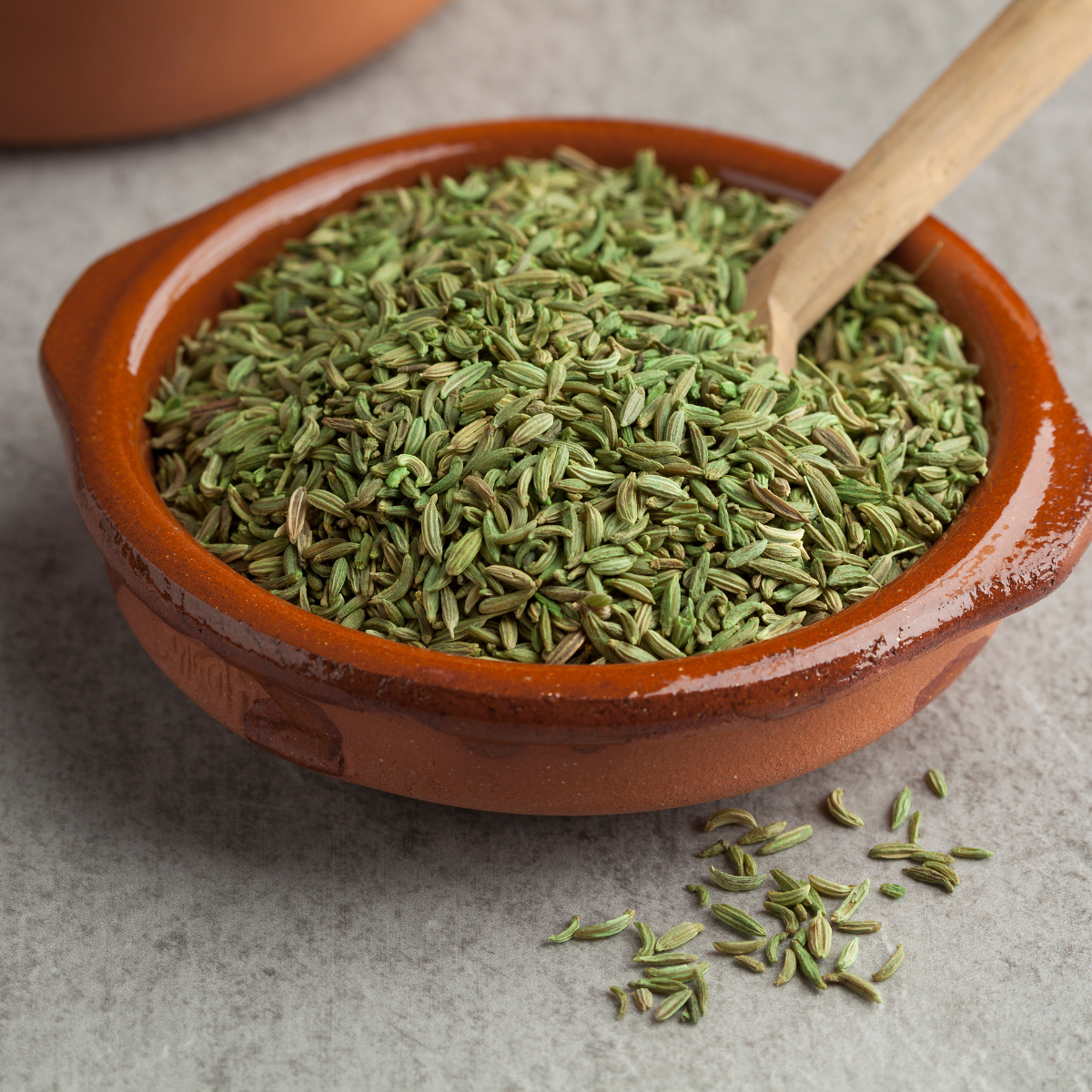A to Z of French Herbs - Anis Vert - Green Anise
Living in France has been an eye-opening experience, introducing me to lesser-known French dishes that have become cherished discoveries. One such gem is Fouée. These small, puffed-up bread rolls are traditionally cooked in wood-fired ovens, resulting in a crispy exterior and a soft, doughy interior.
I found a delightful revelation was the Tarte Tropézienne, a delectable pastry hailing from the sunny coastal town of Saint-Tropez. This sumptuous treat consists of a brioche-like cake filled with a luscious combination of pastry cream and whipped cream, all topped with pearl sugar.
Another delightful aspect of my culinary exploration in France is the discovery of "Anise Vert," also known as green anise or sweet cicely. This lesser-known herb has a delicate licorice-like flavor, which adds a unique and aromatic touch to various dishes.
Living in France has truly expanded my culinary horizons, and these lesser-known dishes, like Fouée and Tarte Tropézienne, have proven that the country's gastronomy is a treasure trove of hidden delights waiting to be discovered by adventurous palates.
Anis Vert or Green Anise is a species of herb that comes from the Apiaceae family of plants and related to Mint, Marjoram, Sarriette and Coriander.
The name Anise is derived from Old French which comes from the latin words animus or anethum which comes from the greek Anethon meaning dill. Anise in English used to be called anet.
Often known under other names depending on where its from, Anise Vert can be just Anise, Cultivated Anise, Musk Anise, Officinal Anise, Sweet Anise, Boucage, Pimpinelle, Pimpinette Anise and Pimprenelle D’Egypte.
Aromas and flavours of Anise Vert can often be confused with other herbs and spice that have similar tastes like fennel, licourice and tarragon even. Anise is one of the oldest aromatic plants in the world. The ancient greeks used it and Romans put it in snacks that would be prepared for gladiator fights apparently.
It’s an annual or biennial plant that when fully grown is between 50-80cm high. It has small white flowers that turn into greenish gray fruits. The whole plant, the leaves, stems, fruits, flowers and roots are all aromatic.
The Anise Vert is native to the Middle East and east mediterranean countries. Charlemagne cultivated the herb through out the late 8th and early 9th century and so was responsible for some of the herbs spread across Europe.
It’s sew in the spring between April and May and then the leaves can be harvested within a couple of months. Then the seeds are harvested in autumn, usually around September.
The leaves are often finely chopped and used in salads or to garnish soups. Seeds of the anise vert can be used in pastries and sweet confectionery. In fact the seeds are often reduced to a powder to replace sugar or reduce the amount of sugar used in pastries and sweets.
One of the main ways Anise vert is used in France especially but also around Europe is in liqueurs and drinks like anisette, raki, ouzo, pastis and absinthe even.
Anise vert is a source of macronutrients and contains essential oils and is rich in iron, manganese, calcium and other minerals and trace elements.
Often Anise Vert will be used in herbal infusions due to their carminative properties. It’s also recommended for treating bloating and other digestive difficulties and even reflux. Also Anise Vert is known to be an analgesic and so is often used to fight pain and is a powerful natural anti inflammatory.
Another use medicinal for Anise Vert is as an antidepressant as the plant has powerful antidepressant properties and can even some experts say reduce symptoms of postpartum depression.
But be warned if using medicinally Anise vert can be contraindicated in children, pregnant or lactating women and people that are allergic to aenethol. Allergic reactions can include skin reactions and nausea, vomiting and diarrhoea, oh dear.
Anise Vert shouldn’t be confused with Star Anise which is comes from the fruit of a tree called Badiane, this is mainly found and grown in Asia. Although Star Anise and Green Anise do have similar flavour profiles.
John Gerard was an English herbalist who noted in the Great Herball an early encyclopedia of herbal medicine said the following about Anise Vert.
“The seed wasteth and consumeth winde, and is good against belchings and upbraidings of the stomach, alaieth gripings of the belly, provoketh urine gently, maketh abundance of milke, and stirreth up bodily lus, it staieth the laske (diarrhea), and also the white flux (leukorrhea) in women.”



